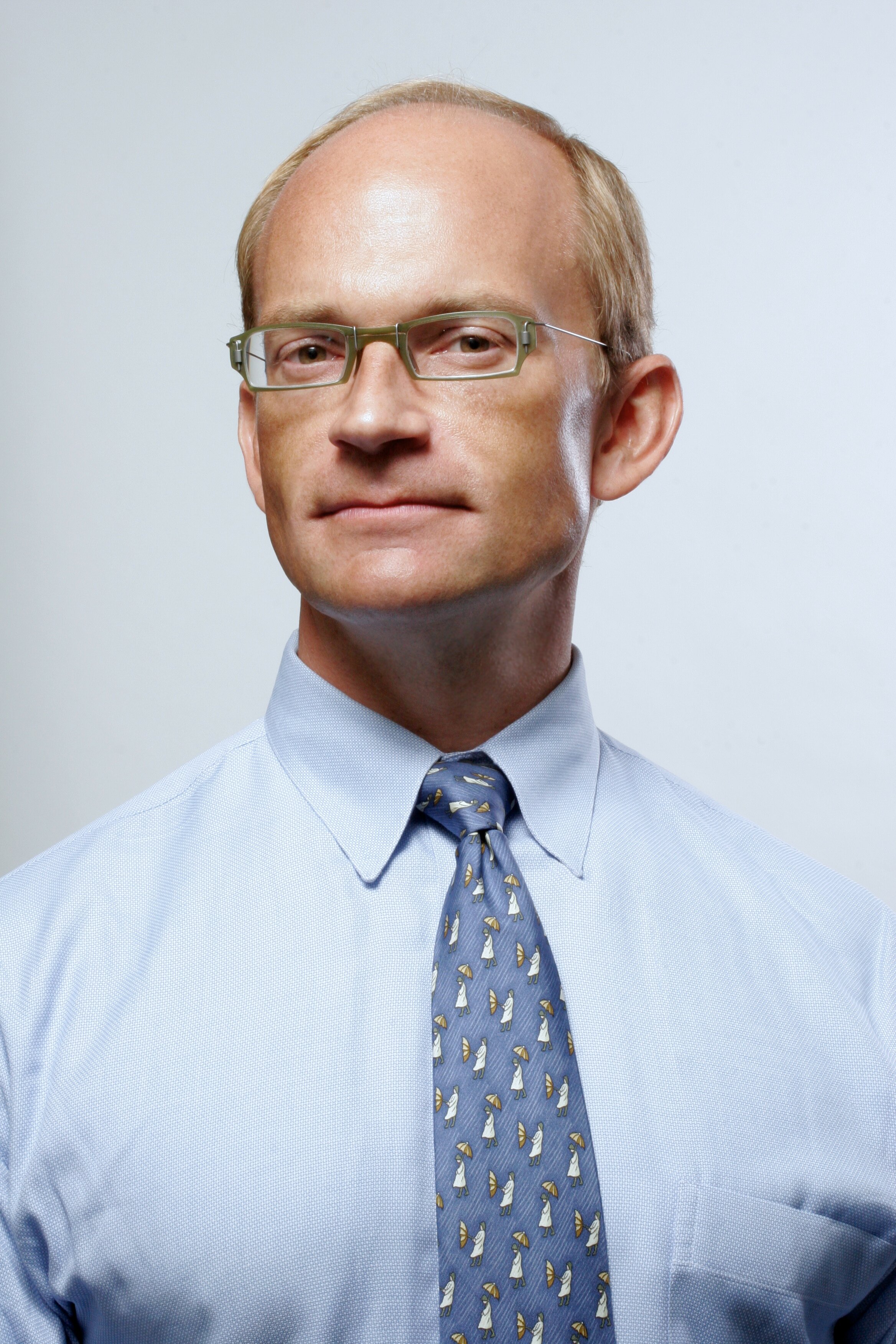Insights into media, investment, and philanthropy.

Robert Clauser harnesses the power of storytelling and journalism to illuminate and activate social champions and causes, as at WNET (CFO) and Women in the World and the American Justice Summit (COO). He is a frequent participant/writer on social impact and innovation, including with the Rustandy Center for Social Sector Innovation. Robert’s Residency @ TED culminated in a Talk “Philanthropy Sharktank”. He partners with organizations from the Metropolitan Museum of Art to Rattlestick Playwrights Theater and currently is the President of the Peace Studio, providing resources and opportunities to journalists and storytellers around restorative narrative.
With your vast experience in media, investing, and philanthropy, how would you describe the current state of journalism and media in America?
Under siege but showing signs of resilience.
There is a struggle for media organizations to stay afloat in a world dominated by social media and new technologies. How can media organizations grow and ensure sustainability?
Robert Clauser is a Media Executive, Entrepreneur, Investor, Social Impact Advocate.
Invest. If you are referring to traditional media, the organizations best poised for growth and sustainability are those that are building newsrooms and employing journalists, like the New York Times and the Washington Post. Private equity moves to consolidate back offices, like Alden Capital buying the Tribune, are doomed to failure. Cutting expenses to drive profitability has proven to be a failing strategy.
What is the role data and technology can play in the media organizations' efforts to diversify and expand their audiences and revenues?
In the Markup, Julia Angwin and Nabiha Syed have built a remarkable news organization that uses technologies to help keep an eye on technology companies. Their data scientists and journalists have created not only research techniques using big data but also products that help readers understand as well as manage their own data privacy. They have had driven outcomes from using AI to illustrate discrimination. All of which has built new audiences because of the value of the content and the value of the insight that the Markup is providing.
This is remarkable enough in itself, but the Markup takes a novel approach to how it is funded: by ensuring privacy of its readers, which means no advertising. This is grounded in the Markup's belief in data privacy and evidenced in their epic journey of creating a database that does not invade. Therefore, the company relies upon the old PBS model of "viewers like you" support, from individuals and foundations alike.
During a recent Ted Talk, you discussed what people can do to help non-profit organizations. You specifically mentioned the philanthropic equation: individuals + corporations + non-profits. Can you elaborate on this?
Governments, the traditional source of relief efforts, have proven to be ineffective at providing humanitarian aid. Corporations have picked up the slack and are now providing shelter, goods, services, and funds globally. To a large extent, the shift is due to employees being more purposeful, and therefore looking to be more directly involved in addressing issues of social impact. So, companies and individuals are stepping up to benefit non-profits, most of which in the USA are under $500,000 in budget and doing amazing work in their local communities. So, there are lots of individual efforts on both sides inbound and outbound funds and volunteers at non-profits, with corporations in the middle helping to improve aid.
I am particularly intrigued by the Everest Effect. The company uses blockchain technologies and principles to help improve the effectiveness of delivering the right aid to the right recipients at the right time. A great use of technology, corporate savvy, individual support, and non-profit benefit.
In past years, you also served as the COO of Tina Brown Live Media expanding and amplifying the voices and stories making an impact around the world. What are the lessons learned on strategies about expansion into new media formats, new audiences, and new geographies?
Listen. Readers/viewers will tell you want they want. Local partners will give you guides to what works and what does not. Technologies will be a combination of pull and push where readers/viewers draw you in or where you can help drive adaptation.
The media industry has been hit hard. How can philanthropy help?
Philanthropy is already helping. It is doing what it does best: investing for the future by providing industry-wide information, solutions, and networks. An excellent example of where philanthropy is helping: the Knight Foundation has recently invested $3 million in its AI for Local News initiative designed to help local news organizations harness the power of artificial intelligence. Knight is underwriting benchmarking for readiness, training, revenue model development, and technical prototyping for helping local news organizations harness the power of AI. The individual organizations would otherwise be long delayed in reaching an ability to use critical new technologies.

